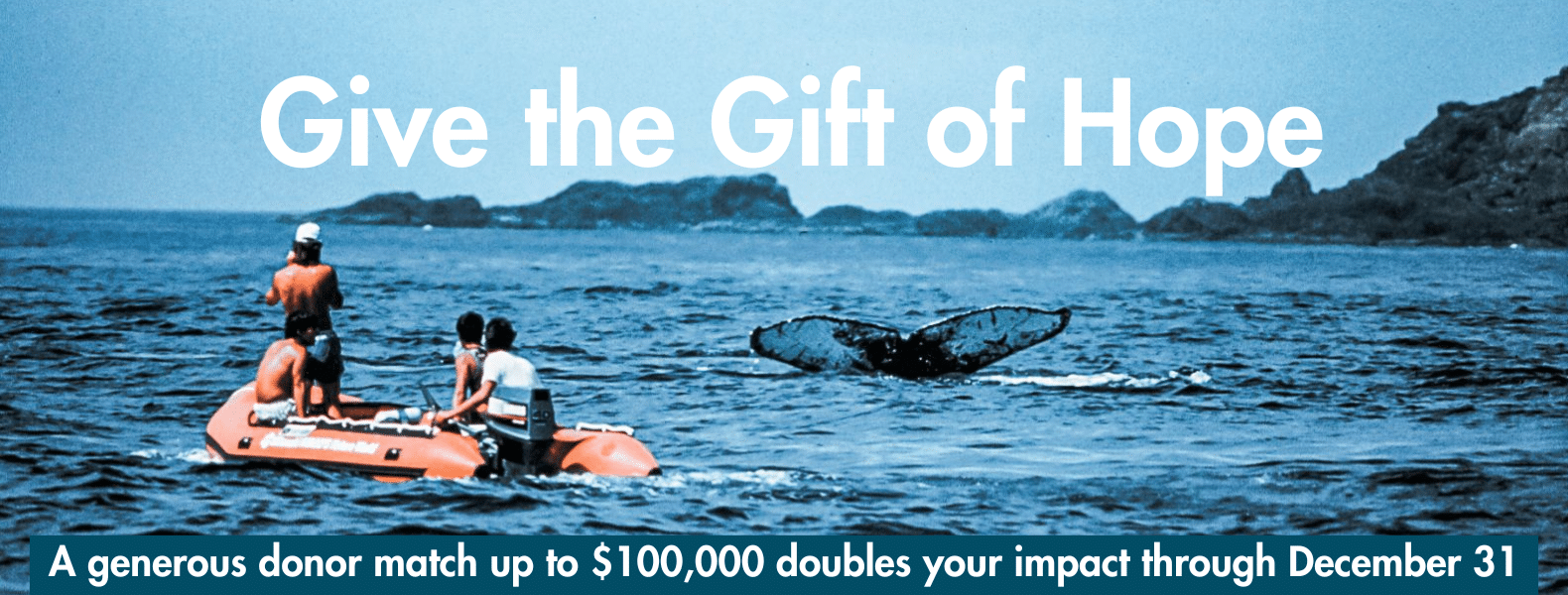Did you know that YOU have the power to aid scientists in conducting research on marine life and their environment by becoming a community scientist?
What is community science?
Community science is the vital collaboration between researchers and the public to execute scientific projects and collect information for ongoing studies. Community science is also sometimes referred to as opportunistic research — observation and documentation of wildlife beyond the purview of systematic scientific study.
How does Pacific Whale Foundation use community science?
The goal of PWF’s community science programs is to engage members of the public in scientific data collection to supplement our systematic research studies, while providing educational opportunities and low-cost alternatives for monitoring whales, dolphins, and marine debris. These initiatives build awareness of key issues relating to marine conservation and wildlife protection while inspiring a greater commitment to create positive change. We utilize community science in several ways. We strongly encourage public participation in our five ongoing community science programs that we use in our research and advocacy work.
Coastal Marine Debris Monitoring Program

The Coastal Marine Debris Monitoring Program is a great way to participate in gathering data on marine debris from any coastal area of the country. Simply print the data collection form, clean a coastal area of your choice, record the results of your findings, and then enter your data online at pacificwhale.org/conservation/marine-debris. If you are on Maui, you can pick up supplies at the PacWhale Ocean Store in Lahaina or Ma‘alaea, and then head out to clean up any part of Maui’s coastline. You can either enter your data online or bring back your printed form at either of our retail locations. Your data will help us determine the greatest marine debris threats, guide and support relevant legislation and help identify education campaigns surrounding marine debris. As a part of Hawaiʻi Tourism Authority’s Mālama Hawaiʻi program, the Coastal Marine Debris Monitoring Program was chosen as a curated volunteer activity by four resorts to date: Four Seasons Resort Maui at Wailea, Hyatt Regency Maui Resort & Spa, Westin Maui Resort & Spa and Sheraton Maui Resort & Spa to encourage visitors to get involved and give back while visiting Maui.
Adopt a Beach
Similar to the Coastal Marine Debris Monitoring Program in that your data will help guide marine debris advocacy and education, Adopt a Beach is the perfect program for Maui County residents who want to commit long-term to marine debris community science and keep our beaches beautiful and safe for marine life. Participants commit to cleaning a particular beach once a month for one year, in addition to recording and submitting their results.
Whale & Dolphin Tracker

PWF’s Whale & Dolphin Tracker app collects scientific data about marine wildlife from around the world. Since 2001, our Certified Marine Naturalists have been recording marine wildlife sightings through PacWhale Eco-Adventures. Our Whale & Dolphin Tracker app is the latest iteration of this long-term monitoring program. Members of the public can participate in our research as community scientists by using the Whale & Dolphin Tracker to submit marine wildlife sightings from locations worldwide. It allows you to log sightings in real time, create a full GPS track and upload photos from your mobile device. Your contributions are added to a global database that helps researchers track and monitor cetaceans, determine patterns of species distribution and study marine animal interactions with their environment. PWF Chief Biologist Stephanie Stack explains the importance of community science by pointing out, “Private and commercial boats are out on the water daily while research vessels generally adhere to a more restricted schedule. Members of the public who document their observations via the Whale & Dolphin Tracker app are instrumental in helping us fill in gaps of information vital to ongoing study and threat mitigation efforts.” Community-submitted data from this app was used in a recent paper, published May 2021, that examines bottlenose dolphins in Hawaiʻi!
Photo Donations

Photo-identification of whales and dolphins has been part of PWF’s long-term research and you can help! We encourage you to share your photos of dolphin dorsal fins and humpback whale flukes with us. By donating your photos, you will help us monitor the life history traits, population trends, and habitat-use patterns of whales and dolphins around the world. While on the water, keep an eye out for spouts, tail flukes, and dorsal fins. If you see a humpback whale, photograph the underside of the tail. If you see a dolphin, photograph the dorsal fin and sides of its body. Capture your best photos, then submit them to [email protected] with “Photo Donation” in the subject line and include the date the photo was taken and the GPS LOCATION or a general description of the sighting location. Public photo donations were incorporated into a recent PWF paper, published June 2021, on bottlenose dolphins, spinner dolphins, Pantropical spotted dolphins and false killer whales in Hawaiʻi! Learn more about participating in our photo donation.
Great Whale Count

The annual Great Whale Count, part of Maui Whale Festival, brings volunteers together each Jan, Feb, and March to count whales from shore as part of a long-term survey of humpback whales in Hawai‘i. This event provides a snapshot of trends in relative abundance of whales and is one of the world’s longest-running community science projects. Learn more and find previous years’ Great Whale Count results.

